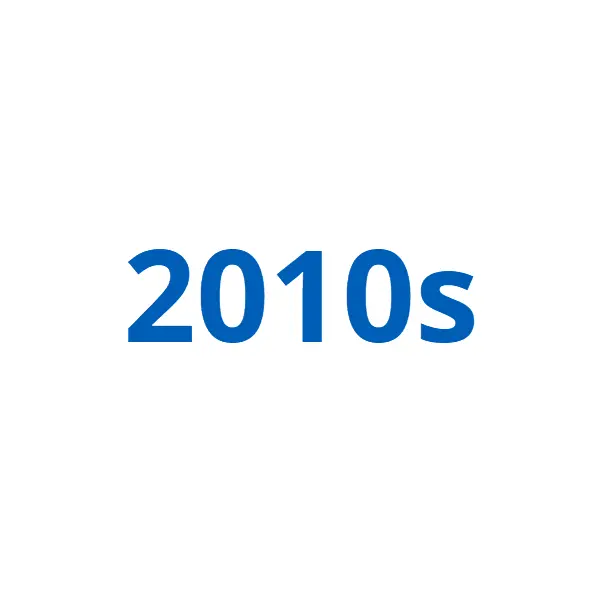


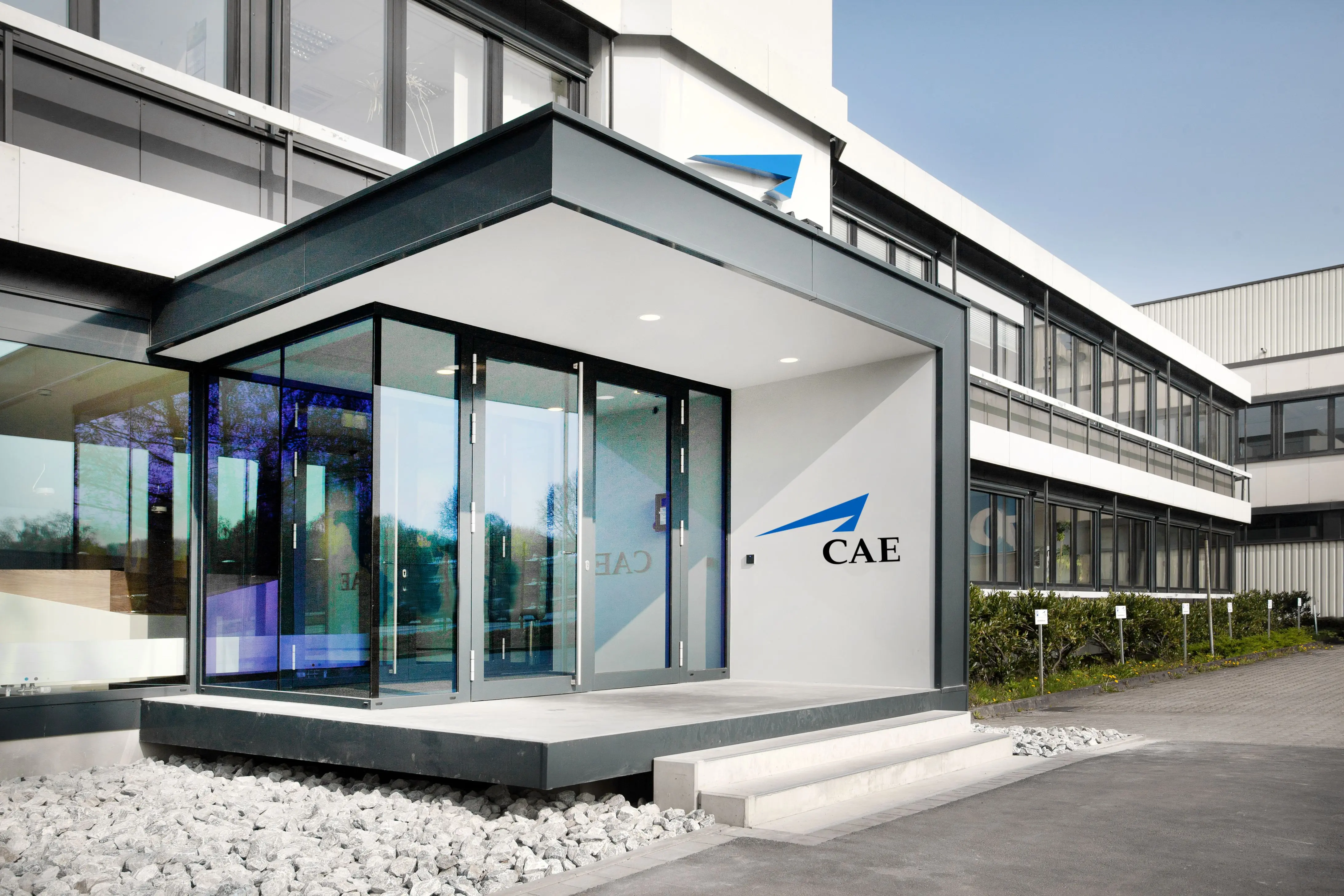
Since 1961, CAE GmbH in Stolberg (Germany) has been the recognized training partner of choice of the German armed forces (Bundeswehr) in the development, manufacture and support of training systems for the air force, navy and army. Approximately 500 employees work on the implementation of bespoke solutions for the various customer requirements and training scenarios - the training portfolio ranges from base solutions through highly complex flight and tactics simulators to turnkey training centres.
Our customers include not only the procurement authorities of the German armed forces but also military procurement agencies and organizations in Europe and Africa. CAE continues to grow along with the increasing demands of the industry. Our participation in national and European programs and co-operation projects with partners from industry and research play a part in the continual further development of the company. The premium quality of CAE’s training systems continues to guarantee a higher level of safety, efficiency and readiness across air, land and sea.
Since its founding almost 60 years ago, CAE GmbH has made significant advancements. The expertise of CAE employees in Germany, our strive for innovation and technical advances, coupled with the demand for high-quality training systems for pilots, sailors and soldiers have created the basis for the continuing success story of CAE GmbH.

CAE Elektronik GmbH was founded in Germany in 1961. Its starting point was the commissioning of the F-104, which was also to be used in the following years by the then NATO member states under the name of “Starfighter”. The high-maintenance analog technology of the F-104 could only be controlled by a relatively large maintenance team. CAE experts were therefore required on-site. This was the beginning of CAE GmbH, which today is still based in Stolberg (Rhineland.).
While simple motion systems were the key characteristic of simulation technology in the sixties, in the seventies, motion took on a much bigger role. Increasing government regulations in aviation generated more demand for simulation, resulting in substantial technological breakthroughs at CAE and within the industry. Helicopter training also became a focal point in simulation technology, and an important part of CAE in Germany.
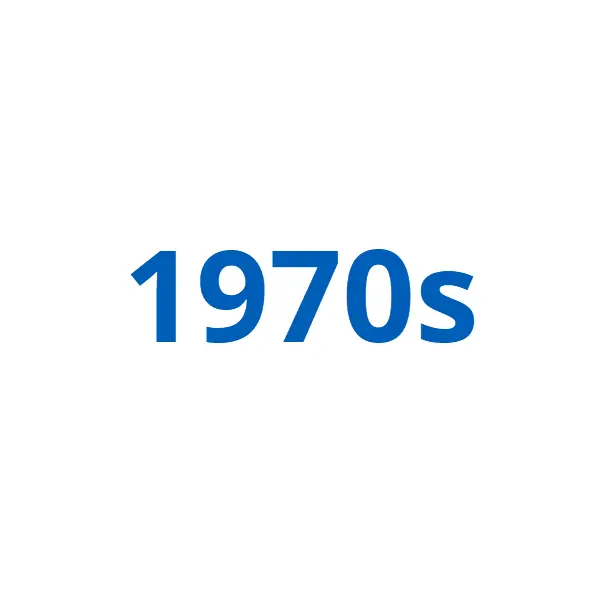
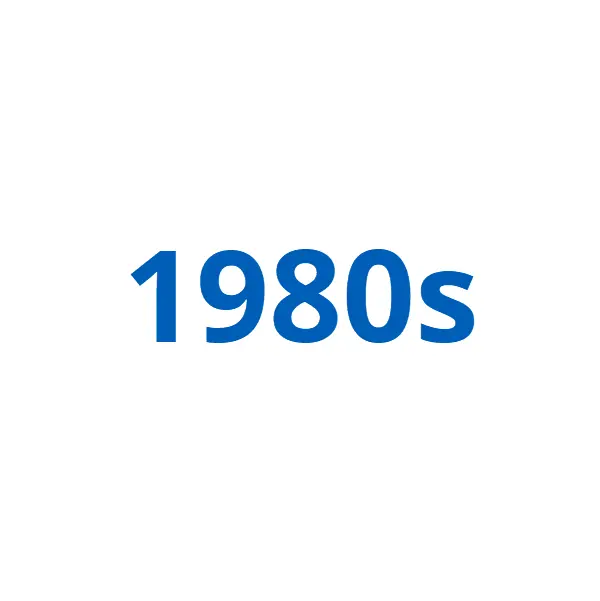
Parallel to the development of the simulation technology for helicopters, technology for fixed-wing simulators also progressed. At the beginning of the eighties, the entire simulation-based training for the “Tornado” weapon system was designed and implemented. CAE developed and built full mission simulators equipped with visual systems to be used for low-altitude simulation. Low-altitude simulation became one of the enormous advantages of simulation-based training in addition to safety and environmental impact.
With the commissioning of the NH90 helicopter and its resulting training requirements, a new operator model was launched based on two industrial consortia Helicopter Flight Training Services (HFTS) and Helicopter Training Media International (HTMI), with a major participation of CAE GmbH. While this was completely new ground for the innovative operator model, the launch of the combat simulation system (GESI) in the 1990s was another technical innovation. This simulation solution for tactical training and education of commanders and staff of the land forces at battalion and brigade level is still used in Germany and other European countries.
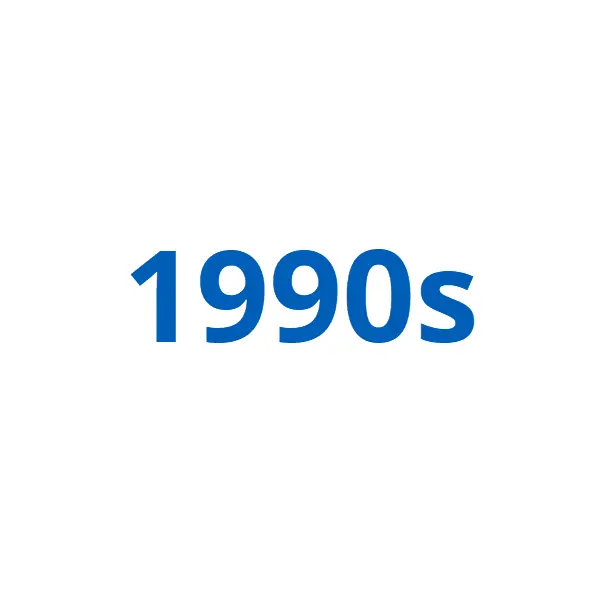

After decades as the world leader in the design and manufacture of simulation equipment, CAE was about to take bold steps to become a global leader in the provision of aviation training services. The new millennium therefore focusses on customer satisfaction: modular solutions enabling the flexible use of simulation systems and individual training concepts, such as systems integrator, to meet customer-specific requirements. Once again, CAE stood out with multi-national projects and the implementation of turnkey solutions.
For more than 50 years, CAE GmbH has been operative in the field of training and safety. Based on decades of experience, CAE combines all core competencies of the company and, as a training systems integrator (TSI). It can cover the entire spectrum of training and further education. This includes live training in a real environment, virtual training on simulators and constructive simulation, in which environments and scenarios, including human behavior, can be artificially simulated.
